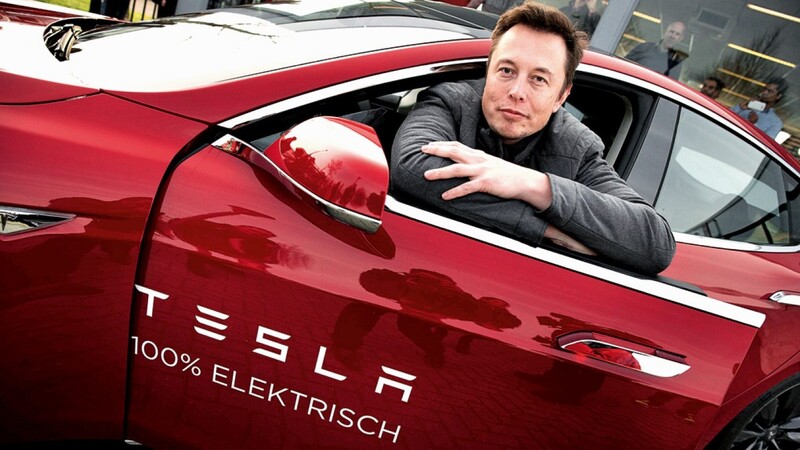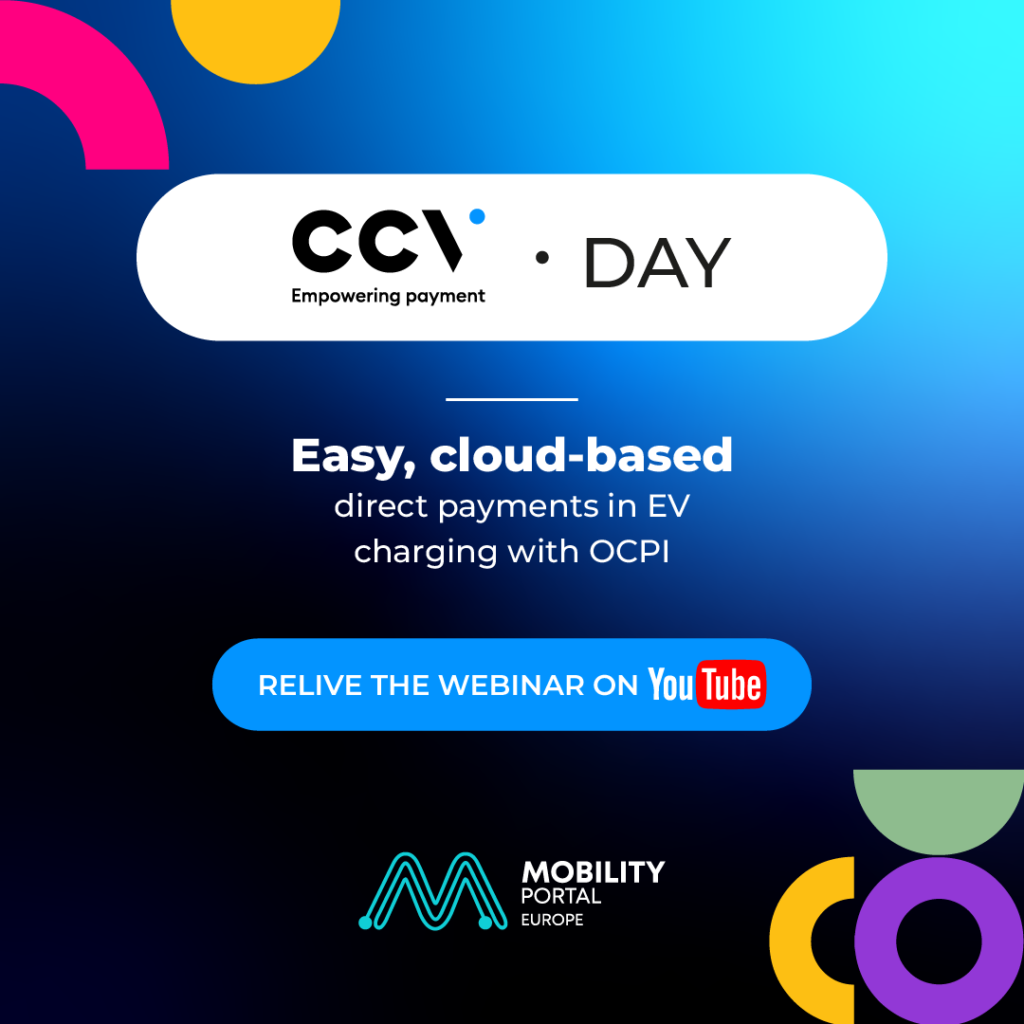The arrival of Tesla in Latin America generates mixed opinions within the electromobility ecosystem, especially in the debates surrounding charging infrastructure.
With a presence in Mexico, Chile, and – as rumored – Colombia, the choice of a region largely rich in lithium is not arbitrary, as it is a fundamental raw material for the manufacturing of its batteries.
While some markets react cautiously to Elon Musk’s company’s movements, others celebrate the commitment to expanding cutting-edge technology globally.
Mobility Portal Latinoamérica engages with leading charging infrastructure companies to gather their opinions on the presence of the automotive giant and the standardization of its connectors during the International Mobility Portal Summit.
Chile was the first country chosen by Tesla to enter South America, and the opening of the first official store in the country marked a significant step forward in the electromobility sector.
Jorge Perez, an infrastructure expert at the Superintendence of Electricity and Fuels (SEC), believes the decision was due to Chile having “clear public policies, robust charging infrastructure, and high safety standards.”
Regarding the homologation of the NACS connector, which generates much dispute, he reveals that they have not received “official information” on the matter.
“This is because the models that will be commercialized already come with CCS 2 or Combo 2 connectors. Therefore, Tesla, like 80 per cent of the circulating vehicles, is compatible with the existing charging infrastructure,” he explains.
Similarly, Javier Contador, Projects Manager at AgenciaSE, agrees with this information and asserts that initial doubts “were quickly resolved.”
In that regard, he raises two relevant points: the reinforcement of the CCS 2 standard, predominant in the country, and the incorporation and investments that will be made in charging infrastructure consistent with the interoperability platform.
Given this perspective, Contador suggests that “Tesla is reinforcing a market definition rather than regulatory.”
While Chile has regulations that govern standardization, it does not include Tesla’s connector among its options. Currently, there are approximately 1000 public access connectors, with around 81 per cent being type 2 or CCS2.
“Their arrival is a coherent decision, both with the availability of public charging and with the projections that other brands have at a national level,” he notes.
In Colombia, the story is similar. Although there are no official announcements, on January 4, 2024, it was reported that the American automaker registered as a simplified joint-stock company (SAS) with the Bogotá Chamber of Commerce.
Meanwhile, Jaime Escobar, an expert in the eMobility & Innovation area at INTRANS, comments that “it complicates the planning of charging infrastructure, not only in public charging but also at the residential and commercial levels.”
It is worth noting that in the country, there is a regulation established by the Ministry of Mines and Energy, requiring public charging stations to have a type 1 connector.
However, Escobar highlights: “The reality is that there are vehicles on the market that have up to four or five types of connectors.”
Finally, it is also crucial to mention Mexico, where the automaker has a consolidated presence and even plans to build a megafactory with investments exceeding ten billion dollars.
“In Mexico, we have charging protocols with different manufacturers. Achieving standardization becomes complicated unless there is synergy among all participants in the electric market,” warns Horacio Ramos, Head of eMobility at Siemens Mexico, regarding homologation.
Therefore, he believes that utilizing the charging infrastructure already in the country, such as that of Tesla, is of great help.





